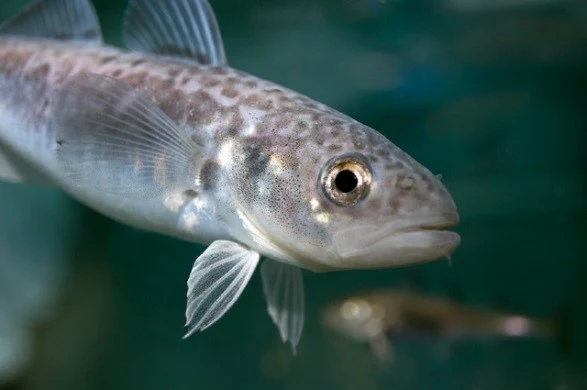 |
Fossilized fish piled one atop another, suggesting that they were flung ashore and died stranded together on a sand bar after the wave from the seiche withdrew.
Photo credit: Robert DePalma |
Does fossil site record dino-killing impact? | Science.
66 million years ago, the world changed suddenly and without warning. The Cretaceous era ended, virtually instantaneously, and gave way to the Triassic.
The cause was a massive chunk of rock hurtling in from space, super-heating the atmosphere, and crashing into Earth, setting off a chain of events which exterminated the large dinosaurs and much else - and cleared the way ultimately for the rise of mammals and birds.
The asteroid impacted at Chicxulub on Mexico's Yucatán Peninsula. The earth and the asteroid turned liquid with the heat of the impact, exploding liquid glass spheroids high into the atmosphere to rain down again like red hot bullets. The impact set off a seismic shockwave with catastrophic tsunamis which surged up river valleys, destroying everything in their path. These surges of salt and fresh water are known to science as seiches.
And now scientists believe they have found the result of one site of devastation, some 3000 Km from the Chicxulub impact site, at the Tanis deposit in North Dakota, USA. They have found the fossilised, chaotic debris left by one such surge. The species in the jumble are of course only the species that were around at the time, including freshwater sturgeons, apparently suffocated by the glass beads that rained down, blocking their gills.








































